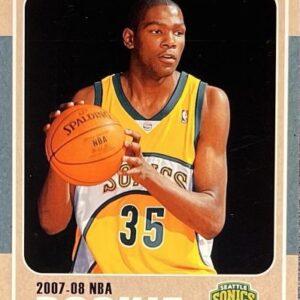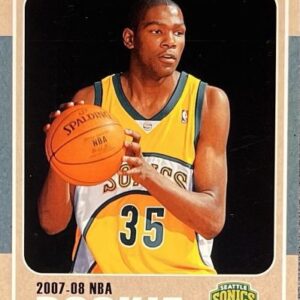When the world of sports memorabilia crashed headfirst into scandalous infamy this week, it wasn’t just another tale of fraud. No, this story, unraveling like a paperback crime novel, offered a plot twist straight from a Hollywood screenplay. In the swanky suburb of Westfield, Indiana, authorities unmasked a guilt-stained saga involving Brett Lemieux—a name that once resonated with collectors as an autograph maven, but now echoes as the architect of massive deception.
At 45, Lemieux involuntarily checked out of this operatic act—his finale coming during a police raid intended to expose a labyrinth of counterfeited collectibles. Early reports by Westfield law enforcers suggest Lemieux died of a self-inflicted gunshot wound, tragically just as they were executing a search warrant. The Coroner’s Office, however, remains tight-lipped about the specifics, with the world awaiting an official explanation.
Even before Lemieux’s demise became a fodder for whispers and ink, a digital confession under his name caused waves—no, tsunamis—through the “Autographs 101” Facebook consortium. An alleged admission of guilt emerged, articulating that Lemieux had ushered an egregious 4 million counterfeit artifacts into circulation. If that wasn’t scandalous enough, this claim accompanied a staggering revelation of $350 million worth of tainted sales.
For those in the autograph community, a sector where trust is as fragile as parchment, the revelation gushed shockwaves, crashing over the authenticity of memorabilia rooted in sports history. Lemieux’s prominence rode astride a business named “Mister Mancave,” flaunting titles such as “the largest framed jersey inventory on the web.” Yet, search for a physical bastion of Mister Mancave, and you’d come up short.
Though ostensibly anchored in Columbus, Ohio, the operation thrived unseen. Records pinpointed not a celebrity treasure trove but rather paper trails, weaving back to Indiana, marking its corporate presence between 2018 and 2023.
In his so-called manifesto, Lemieux confessed to mastering chicanery against the giants of authentication. Forging hologram stickers that mimic those from Panini, Fanatics, and others became a peccadillo beneath his dexterous fingers. Posthumous revelations even charged him with flooding the market with 80,000 Kobe Bryant artifacts in a tide of tainted sorrow after the basketball legend’s unfortunate exit from life’s court.
More than basketballs and jerseys, Lemieux’s online trove offered items like a Fanatics-branded Aaron Judge-signed baseball for prices that rivaled a closing out sale. Ingeniously deceptive to the casual observer, these ‘deals’ mimicked the legacies they devalued, generally escaping the radar due to masterfully cloned stickers.
The industry now scrambles, bemusedly adjusting its monocle to examine the contours of its clientele’s trust structures. Fanatics, a behemoth in the endorsement biz, notoriously vigilant, has fortified its holographic defenses against counterfeit invaders, joining hands across law enforcement tableaux and calling on former FBI maestros in a grand defense against the fakes-menace.
While skeptics raise eyebrows at Lemieux’s claimed $350 million escapade, the repercussions, undeniably, rot beyond immediate numbers. Steve Grad, an autographed authenticity swashbuckler, acknowledges that modern forgeries, with autopens et al., darkly enhance the art of deceit, making detection a Sisyphean ordeal.
Among the circuit of memorabilia stalwarts, the tale brought mixed emotions. Insiders whisper about Lemieux’s immaculate ‘inventory’ of autographs—from athletes seen more in nostalgic reels than current signing schedules. Those implicated in the confession, like Dominique Ball and Nickolas Litscher, stood aloft and defiant. Litscher, draped in legal intentions, prepares a vigourous rebuff to clear his name from the murky slurry.
Investigators cast their nets far and wide, believing that Lemieux’s operation cloaked itself with numerous guises, hiding in plain sight, perhaps as Ultimate Sports or Signature Dog. In its varied avatars, the web of deception ensnared beleaguered collectors, leaving walls of memorabilia worth less than the surface they adorned.
This poignant scandal, then, leaves collectors facing an inconvenient self-examination—forcing a deeper look at the authenticity of beloved keepsakes. It serves as a clarion call for the sports memorabilia market: constant vigilance and evolved fraud counteractions aren’t just recommended—they’re lifelines. As the dust settles and the tales unfold, the turbulent intrigue etched into history will remain a somber reminder of the monumental deceit once cloaked in the purity of admiration.





